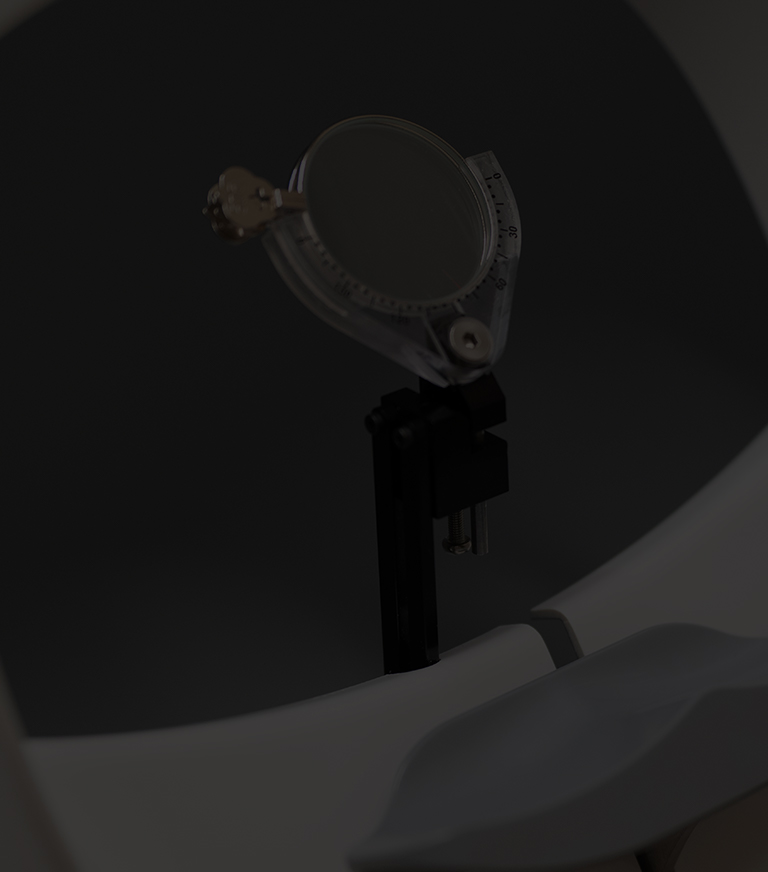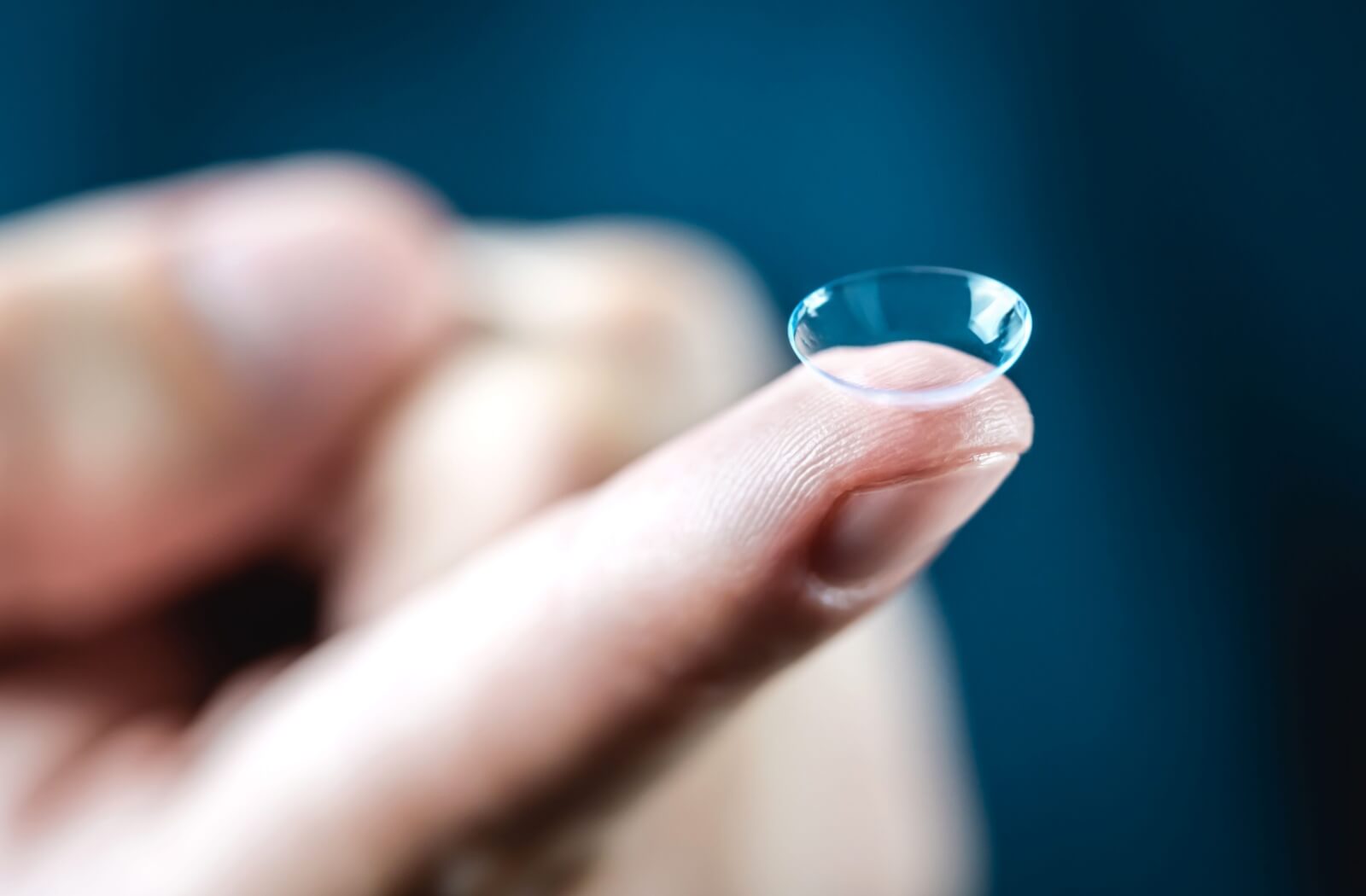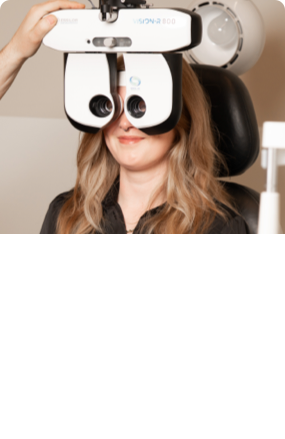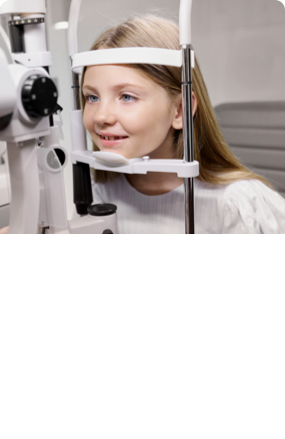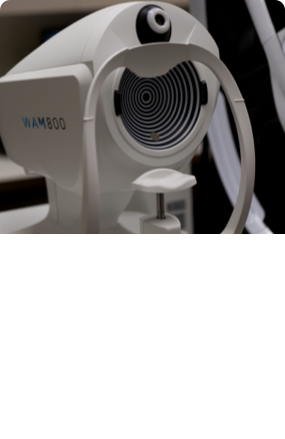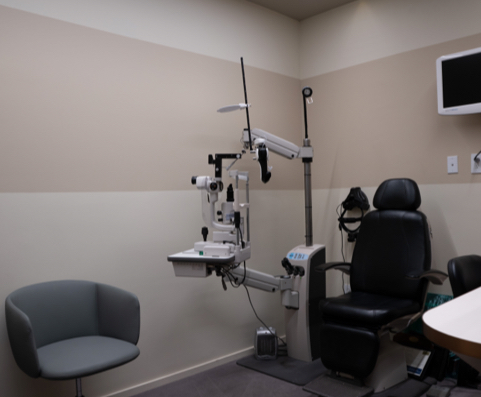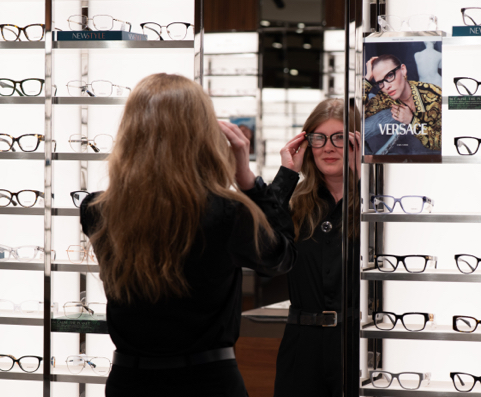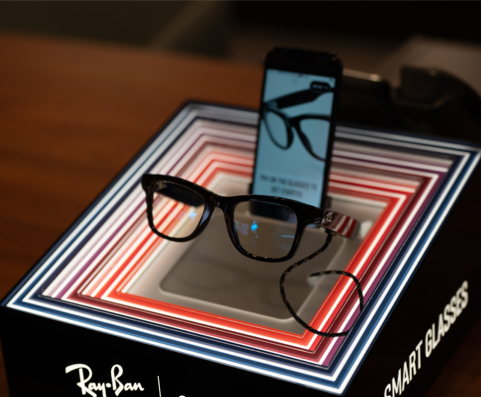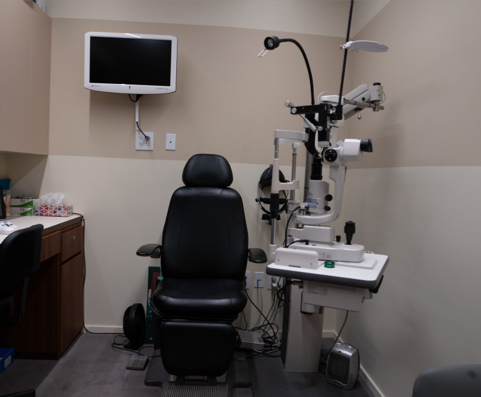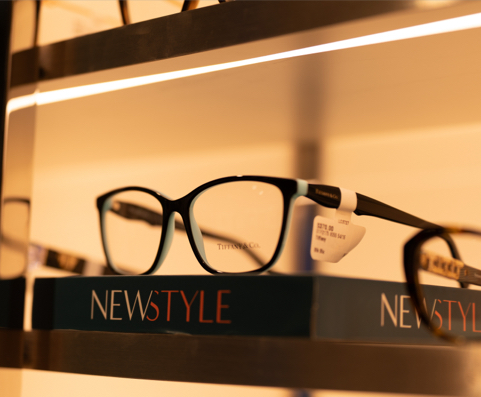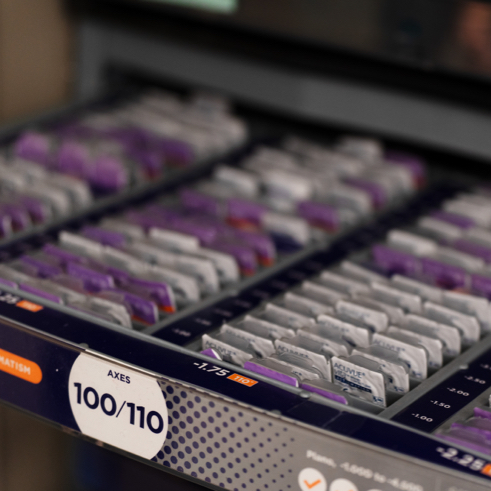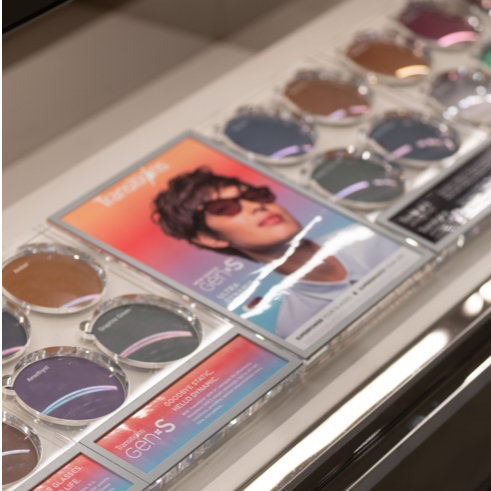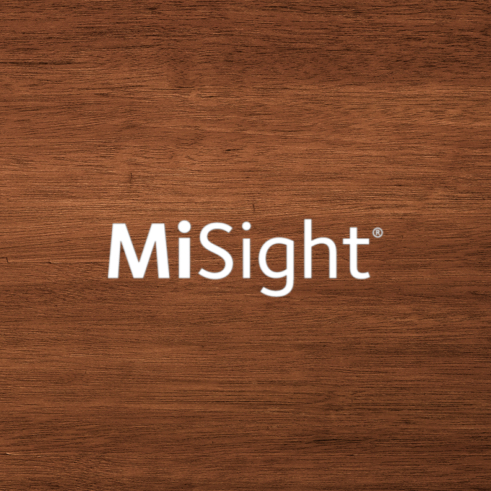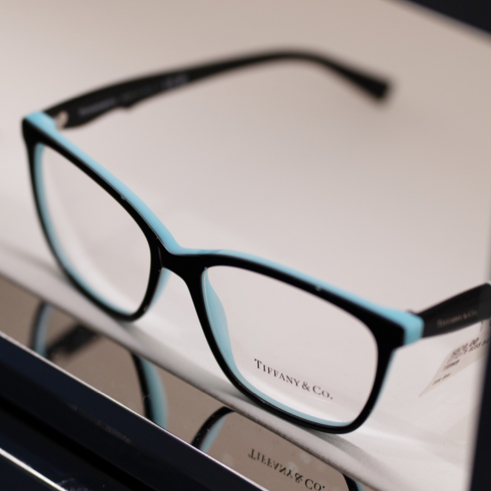There’s nothing quite like watching your child explore the world with wide-eyed wonder. But what happens when that vision starts to blur? For many parents, the discovery that their child has myopia can be concerning.
Fortunately, advancements in eye care, like MiSight contact lenses, are making it easier than ever to manage this condition. MiSight contact lenses are specially designed lenses that help slow myopia progression in children while also providing clearer vision throughout the day. Your optometrist can help you learn if MiSight may work for your child.
What is Myopia?
Myopia, commonly known as nearsightedness, is a vision condition where objects up close can be seen clearly, while distant objects appear blurry. But how does this happen? It all starts in the eye!
When we look at something, light passes through the cornea and lens, which then focus the light onto the retina at the back of the eye. This process creates a sharp visual image. In a perfectly shaped eye, light is focused directly on the retina. However, in individuals with myopia, the eye is either too long from front to back or the cornea has too much curvature, causing light rays to focus in front of the retina instead.
This misalignment makes distant objects appear blurry, often leading to frustration in school or during outdoor activities. We don’t fully know what causes myopia, but it appears to be a combination of genetic and environmental factors. There is some evidence that too much screen time may increase the risk of myopia.
Understanding myopia is the first step toward providing your child with the clear vision they need to fully enjoy their adventures!
Myopia Symptoms
Recognizing myopia in children can be a puzzle, especially since they may not always have the words to express their vision challenges. As parents, it’s crucial to be observant and aware of subtle changes in their behaviour, as these can be telltale signs of nearsightedness. Here are some common indicators that your child may be experiencing myopia:
- Squinting or frowning while trying to see distant objects
- Frequently rubbing their eyes or blinking excessively
- Sitting very close to the television or holding books too near
- Difficulty seeing signs or objects across the street
- Complaining of headaches or fatigue, particularly after reading or doing close-up work
- Losing interest in outdoor activities or sports that require distance vision
Being vigilant about these signs can help you identify and address your child’s vision concerns sooner rather than later. If a condition like myopia is allowed to progress without treatment, it can increase their risk of serious eye conditions later in life, such as:
- Glaucoma
- Cataracts
- Retinal detachment
- Macular degeneration

How MiSight Lenses Work
Myopia is a growing concern worldwide. Researchers predict that by 2050, nearly half of the global population will be affected by this condition. Children with myopia struggle to see distant objects clearly, which can impact their daily activities and learning. With factors such as increased screen time contributing to the rise of myopia, it’s more important than ever to find effective solutions for managing this condition early on.
MiSight contact lenses are designed specifically for children with myopia. These soft lenses use ActivControl technology not only to correct vision, but also to slow the progression of myopia. These lenses feature concentric rings that focus light in a way that helps the eye grow at a slower rate—by up to 59% in some cases!
This unique dual-focus design carefully manipulates the way light enters the eye. By incorporating concentric rings, the lenses allow the central part of the eye to focus light directly on the retina while simultaneously managing peripheral focus.
This innovative approach sets MiSight lenses apart from traditional glasses and contact lenses, which can correct vision but don’t slow myopia’s progression.
Benefits of MiSight Lenses
Choosing MiSight lenses for your child comes with a host of benefits:
- Slows Myopia Progression: Studies have shown that MiSight lenses can significantly reduce the rate of myopia progression in children, helping to preserve their vision for the future.
- Convenience: Unlike glasses, contact lenses provide clear vision without the hassle of frames slipping or breaking.
- Freedom to be Active: Many children feel more confident and active without the need for glasses, allowing them to participate fully in sports and other activities.
A Positive Vision for Your Child’s Future
Investing in your child’s eye health with MiSight lenses can make a world of difference. Not only does it help manage myopia, but it also equips your child with the confidence and clarity needed to explore and enjoy life to the fullest.
There’s no denying that myopia is becoming increasingly common, but that makes proactive management all the more important. MiSight contact lenses offer an innovative, effective solution for slowing myopia progression in children, but they’re only one tool in our toolbelt! At Orchard Park Optometry, we partner with you to help your child see a brighter future with treatments such as MiSight, atropine drops, and Ortho-K lenses.Don’t wait to take action. Book your appointment today to learn more about MiSight lenses and how they can benefit your child’s eye health. Let’s work together to keep their vision sharp and their eyes on the future!
